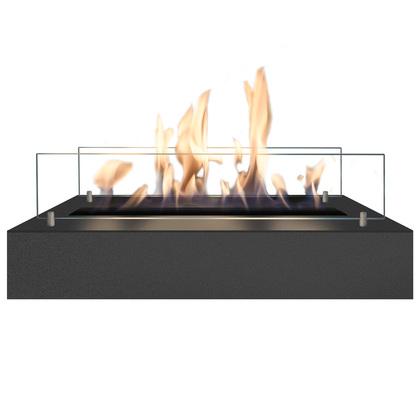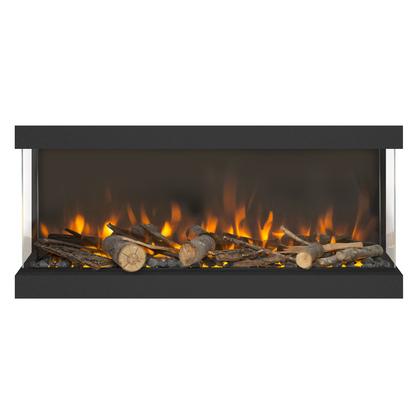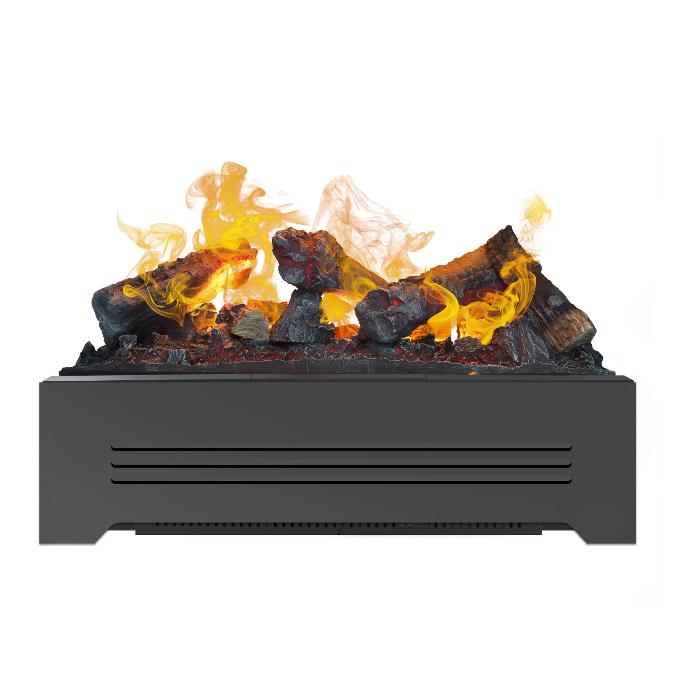Burning Wood or Ethanol
For Every Interior!
Bio-ethanol fireplaces and wood-burning fireplaces are different in many ways but share one common goal: ambiance. The wood-burning fireplace comes with limitations and drawbacks. To install such a fireplace, you need to have ample space at home and a chimney and flue need to be built, which is a costly and time-consuming process. In an apartment, it's usually not even feasible to have a wood-burning stove due to space constraints, and how do you install a chimney?
In terms of design, an ethanol fireplace can be attractive to a wide range of people due to its variety of sizes, colors, and materials. You can also place a bio-ethanol fireplace in an apartment or in a home where a chimney isn't possible. With a traditional fireplace, you're always limited to one fixed location, whereas the ethanol fireplace can be placed anywhere as desired.
Maintenance of an ethanol fireplace is minimal. The absence of a chimney saves you from the need for annual cleaning, which costs around €100. Moreover, bio-ethanol combustion produces no smoke or ash, so everything indoors remains cleaner without any residue (fine particles). Additionally, we save on wood storage space.
Even when comparing the prices of the two types of fireplaces, the difference is substantial! A bio-ethanol fireplace is much more affordable to purchase. Installing a chimney can cost a few thousand Euros, much more than a complete bio-ethanol fireplace. Therefore, you're paying a higher price for a fireplace with fewer options. A bio-ethanol fireplace is thus more cost-effective and accessible.
In terms of heat output, the wood-burning fireplace still outperforms the bio-ethanol fireplace. A wood-burning fireplace can be used as the main heating source, while a bio-ethanol fireplace can only serve as a supplementary heat source.
It's important to weigh all the pros and cons and compare the two types of fireplaces thoroughly to determine the best alternative. It's also essential to realize that the bio-ethanol fireplace has more advantages than disadvantages compared to traditional wood-burning stoves.
The hardest part is yet to come: the choice.



